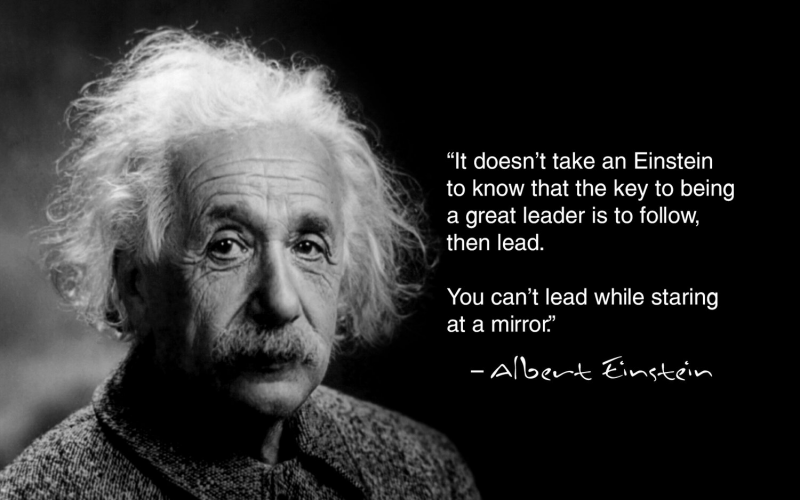Tell me if you’ve ever had this experience..?
You’ve logged into your LinkedIn, and the first thing you see is someone who’s put a Steve Jobs quote over a weird over-saturated image of a sailboat, with a caption that looks something like “Rings so true… #leadership”.
The thing has thousands of likes, and a bunch of comments from Directors or Influencers concurring over nothing in particular; “I’ve been seeing this so much with my team recently”, or “Couldn’t agree more #thoughtprovoking”.
If you’re anything like me, it will drive you insane. How can such non-content make such an impact? It’s like the LinkedIn equivalent of a minion meme. How do we justify the time and energy needed to generate a quality content strategy, when vapid non-content can out-perform all our hard work?
Strategy vs luck
Something I’ve been asked by clients (that I often ask myself, too) is how much of the success we can see on our social media is down to the strategy we’re working with – and how much of it is just dumb luck?
The answer, unsurprisingly, is a bit of both. You can do everything right and still be at the will of your platform’s timeline algorithm. Feel free to use that as an excuse at your next performance review. But – you can also take steps to improve your chances just as easily.
There are so many plates to spin when it comes to making your social or content strategies perform the way you want it to, which brings us to our first (and very important) caveat: what metrics actually matter to you? The crux of a lot of “failed” social campaigns is that the people responsible for them had no idea what they were aiming for.
Next – something big and complicated. Ok, this might blow your mind, so make sure you’re sitting down before you read it; different social platforms get different kinds of users.
I know. Unbelievable, isn’t it?
Please remember you’re allowed to tailor your content between platforms. Posting the same thing across three or four different platforms at the exact same time of day will play out differently due to those pesky algorithms – but that’s no excuse for lazy tailoring! Adapt your tone of voice, use of images/PDFs – do whatever you feel comfortable with within your branding, just make it stand out between your platforms.
Fail to plan, plan to fail.
Following this, let’s think about planning your content. Y’know – the strategy in your social media strategy. As with anything in life, everything becomes easier as soon as you make it a part of your routine. The likelihood is that the mindless scroll through social media feeds is already part of your day, so planning your own additions to your timeline is just taking it that couple more steps forward.
Creating a content calendar isn’t all that complicated, nor does it have to be separate from your regular work calendar. I find it helpful to dump all of my content ideas onto a piece of paper at the start of the month and review what to post for the month ahead. Keep it realistic – set pragmatic goals for how much time you can spend on it while doing your day job; for a lot of brands, one post a week is plenty. And hey, if it actually is your day job, all the better.
Speaking of consistency – that rule doesn’t necessarily apply to everything. Consistent tone of voice – yes. Consistent level of communication – wonderful. Consistency in terms of posting the exact same blog layout every time – boo.
Platforms are aware that we’re all fickle and bored creatures, and give plenty of options to diversify your content format. While we could all do to show more respect to the humble blog post, with its limitless capacity for link building and domain authority – you are allowed to post something different every now and then. Your audience certainly won’t turn their nose up at engaging their brain during their lunchtime newsfeed scroll for once. Hell, I’ll even give you permission to use images with text written over it, as long as it doesn’t look like this.

TLDR;
- Figure out what you want from a campaign.
- Departmentalise your platforms.
- Keep consistent.
- Be playful.
Oh, and one more while we’re here.
5. Ask for help when you need it. You might be pleasantly surprised by how friendly social platforms can be when it comes to advice on social media strategy, or at least pointing you in the direction of people that can help. Kind of like us.